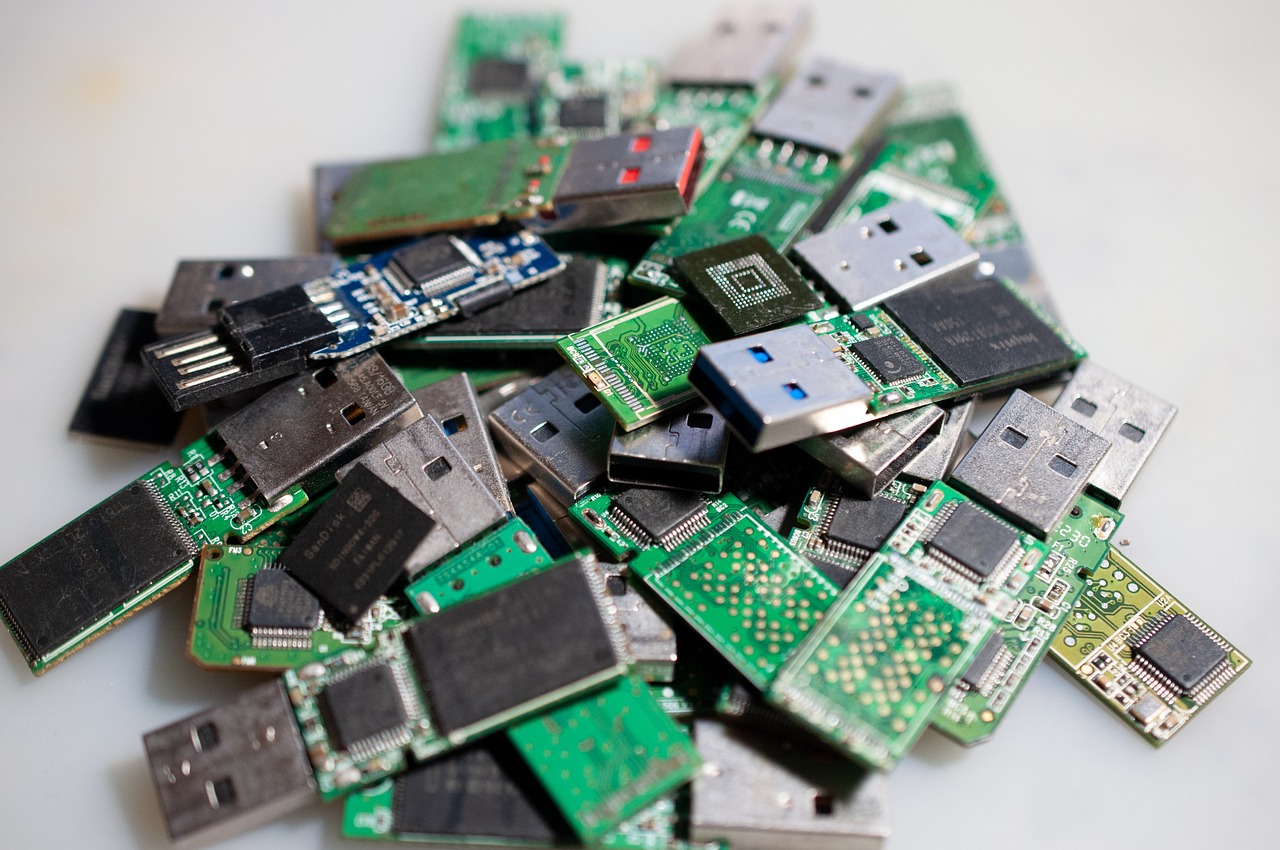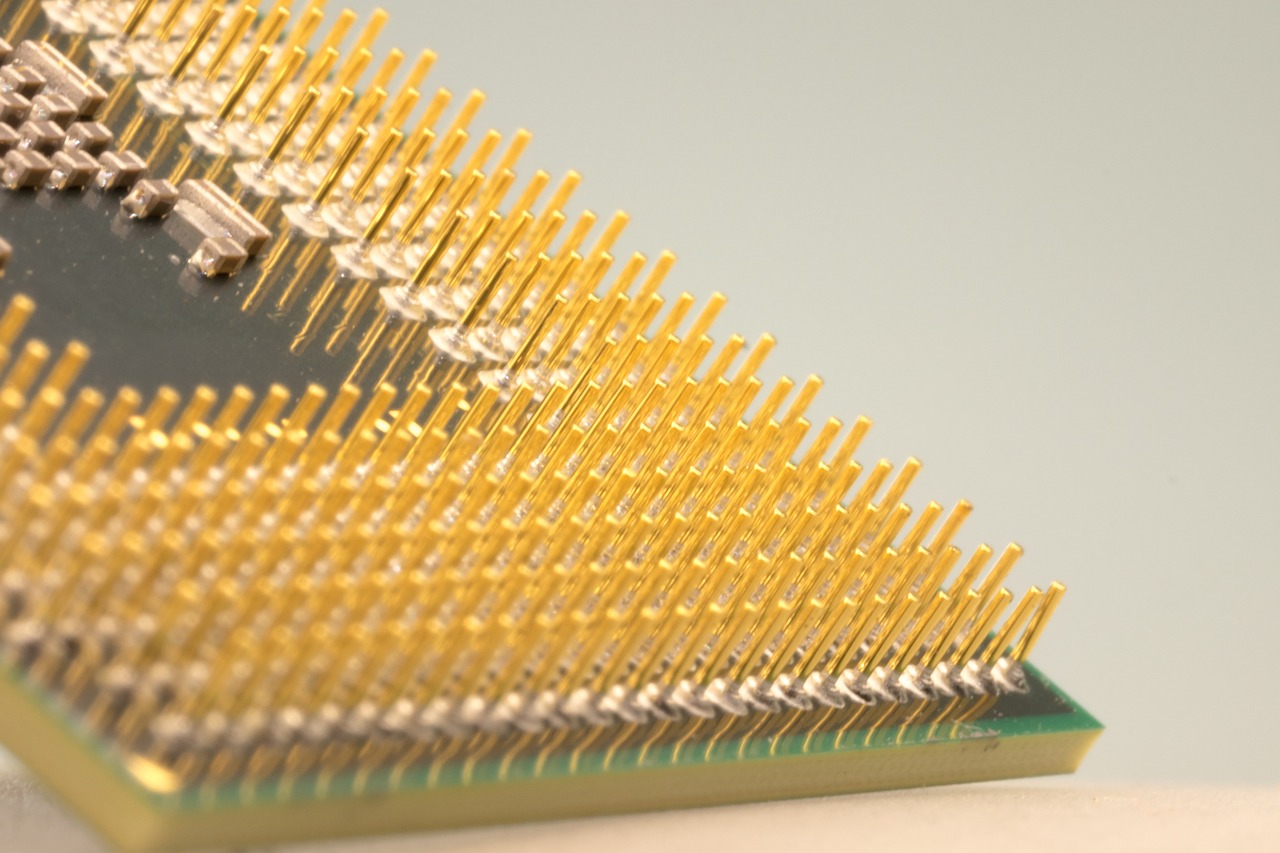In the realm of modern printing, laser printers stand out as marvels of precision and efficiency. Unlike their inkjet counterparts, laser printers operate on a complex interplay of light, electricity, and chemistry to transform digital data into tangible, high-quality prints. In this article, we’ll delve into the inner workings of laser printers, demystifying the technology that powers these ubiquitous devices.
Table of Contents
The Basics of Laser Printing:
- Charging the Drum:
- The process begins with a photosensitive drum, typically made of selenium or organic materials, depending on the model. This drum is negatively charged, preparing it for the upcoming stages.
- Writing with Light:
- A laser beam, controlled by the printer’s electronics, sweeps across the drum. Wherever the laser strikes, it discharges the negative charge, creating an electrostatic image corresponding to the content of the digital document.
- Developing the Image:
- The discharged areas of the drum attract positively charged toner particles, which are a fine, dry powder. The toner is then applied to the drum, adhering only to the charged regions and forming the image.
- Transferring to Paper:
- The printer uses a positively charged roller to attract the toner from the drum. The paper, which is negatively charged, attracts the toner, transferring the image from the drum to the paper.
- Fusing the Toner:
- The paper, now adorned with the toner image, passes through a fuser unit—a set of heated rollers. The heat and pressure from the rollers melt the toner, bonding it permanently to the paper and completing the printing process.
Advantages of Laser Printing:
- Speed and Efficiency:
- Laser printers are known for their swift printing capabilities, making them ideal for high-volume tasks. The entire process is remarkably quick, from the laser writing the image to the final output.
- High-Quality Output:
- Laser printers consistently deliver sharp and precise prints, thanks to their ability to produce fine details and handle intricate graphics.
- Cost-Effective:
- Over time, laser printing can be more cost-effective than other methods. Toner cartridges generally have a higher page yield compared to ink cartridges, reducing the frequency of replacements.
- Versatility:
- Laser printers handle a variety of media types and sizes, making them versatile for different printing needs.
Laser Printing Innovations:
- LED Technology:
- Some modern laser printers utilize Light Emitting Diodes (LEDs) instead of traditional lasers for the writing process. LED printers are known for their reliability and cost-effectiveness.
- Color Laser Printing:
- While monochrome laser printers have been commonplace for business use, color laser printers have gained popularity, providing vibrant and high-quality color prints.
- Wireless Printing:
- Many laser printers now come equipped with wireless capabilities, allowing users to print directly from their devices without the need for physical connections.
Laser printers have revolutionized the way we bring digital content to life on paper. Their precise and efficient printing process, combined with ongoing technological advancements, ensures that laser printers will continue to play a crucial role in offices, homes, and beyond. The next time you marvel at the clarity of a printed document, remember the intricate dance of light and electricity happening within your laser printer.
Differences Between SSD and NVMe Drives: Types and Advantages
In the realm of storage technology, Solid-State Drives (SSDs) have revolutionized data storage with …
10 Lesser-Known Facts About Quantum Computers
Quantum computers, with their promise of revolutionizing computation by harnessing the principles of…
Decoding Computer Brains: AMD, Intel, Apple M, and ARM Chips
In the realm of computing, the heart of any device lies in its central processing unit (CPU). Four m…


